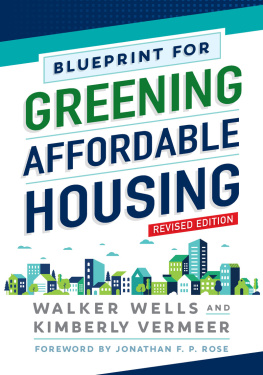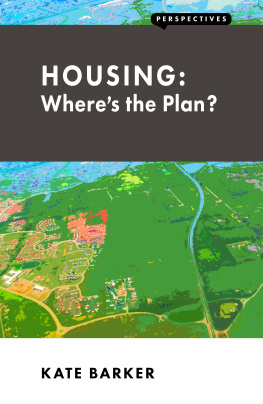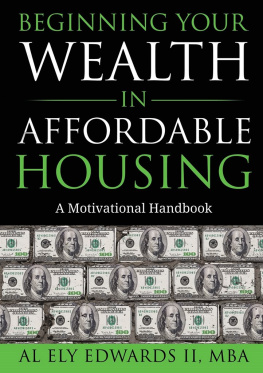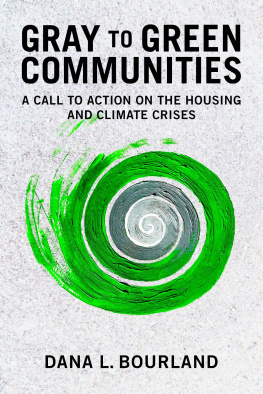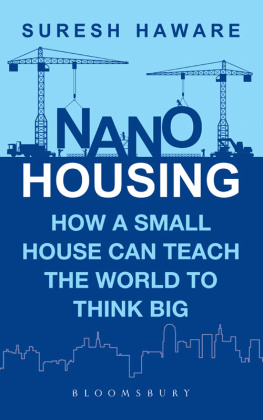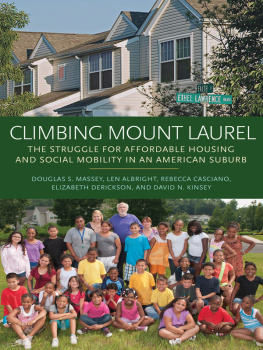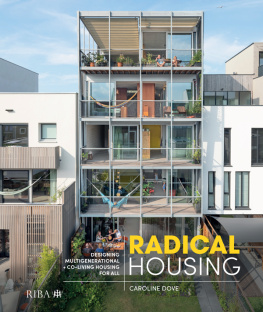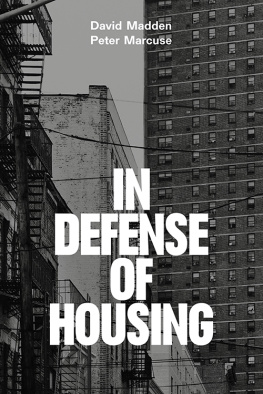
About Island Press
Since 1984, the nonprofit organization Island Press has been stimulating, shaping, and communicating ideas that are essential for solving environmental problems worldwide. With more than 1,000 titles in print and some 30 new releases each year, we are the nations leading publisher on environmental issues. We identify innovative thinkers and emerging trends in the environmental field. We work with world-renowned experts and authors to develop cross-disciplinary solutions to environmental challenges.
Island Press designs and executes educational campaigns, in conjunction with our authors, to communicate their critical messages in print, in person, and online using the latest technologies, innovative programs, and the media. Our goal is to reach targeted audiencesscientists, policy makers, environmental advocates, urban planners, the media, and concerned citizenswith information that can be used to create the framework for long-term ecological health and human well-being.
Island Press gratefully acknowledges major support from The Bobolink Foundation, Caldera Foundation, The Curtis and Edith Munson Foundation, The Forrest C. and Frances H. Lattner Foundation, The JPB Foundation, The Kresge Foundation, The Summit Charitable Foundation, Inc., and many other generous organizations and individuals.
The opinions expressed in this book are those of the author(s) and do not necessarily reflect the views of our supporters.

Island Presss mission is to provide the best ideas and information to those seeking to understand and protect the environment and create solutions to its complex problems. Click here to get our newsletter for the latest news on authors, events, and free book giveaways.

Copyright 2020 Walker Wells and Kimberly Vermeer
All rights reserved under International and Pan-American Copyright Conventions. No part of this book may be reproduced in any form or by any means without permission in writing from the publisher: Island Press, 2000 M Street NW, Suite 650, Washington, DC 20036
Library of Congress Control Number: 2019952104
All Island Press books are printed on environmentally responsible materials.
Manufactured in the United States of America
10 9 8 7 6 5 4 3 2 1
Keywords: Building envelope, carbon reduction, charrette, climate change, community solar, energy efficiency, Energy Star, Enterprise Green Communities, green property management, healthy housing, indoor environmental quality and health, integrated design process, LEED certification, Low-Income Housing Tax Credit (LIHTC), NeighborWorks, Qualified Allocation Plan (QAP), resilience, social cohesion, sustainability, water conservation
Contents
Acknowledgments
The authors thank the many people who helped us research and write this book. Your insights into the state of the field, suggestions of specific projects to consider for case studies and emerging best practices to highlight, reviews of chapters, and general enthusiasm for the project are invaluable and much appreciated. We especially thank Rob Dapice and Grace Lessner, New Hampshire Housing Finance Authority; Ray Demers and Krista Egger, Enterprise Community Partners; Madisen Gittlin; Jeff Lesk, New Partners Community Solar; Harold Nassau, NeighborWorks America; Hillary Noll, Mithun; Katie Swenson; Sami Taylor, Raimi + Associates; and Joann Ware, Schemata Workshop, Inc. Much thanks to intern Molly Caplan and to Grace Lyons for their work on the cases and compiling the final manuscript. Special thanks to Steven Burdick for his graphic design work for the new figures and maps. And we recognize and acknowledge Global Green for its role in facilitating the first edition of the Blueprint.
Thanks to all the people and organizations that helped us develop the case studies, including Rebecca Schofield and Nira Gurung, Homeowners Rehab Inc.; Kara LaSalle and Sal Steven-Hubbard, Lakes Region Community Development; Brian DAndrea, Century Villages at Cabrillo; Brian Ulaszewski, City Fabrick; Laura Altomare, Homewise; Guy Kempe, RUPCO; Steven Root, Bryan Dove, and Holly Wunder Stiles, Mutual Housing California; Brian Bieler, Ben Sturz, Chris Maxey, and Erika Mahoney Yen, REACH Community Development; Darlene Schultz, 3Keys, Inc.; Jon Toppen, Tapestry Development Group; Abe Kruger, SK Collaborative; Brandyn Deckinga and Kristin Rahn-Tiemeyer, Habitat for Humanity Kent County; Leslie Roering, Aeon; Mary Jane Jagodzinski and Sylvia Martinez, Community HousingWorks; Marty Keller, First Community Housing; Sabrina Barker and Jenny Wu, Jonathan Rose Companies; Jessica Yoon, L+M Development Partners; Christina Davis and Robert Barfield, Columbia Residential; and Michael Kloefkorn, VMWP.
Great gratitude is extended to our friends and family for listening to us talk about the project, understanding the late nights and early mornings, and providing emotional support.
Lastly, thanks to Island Press and our wonderful and supportive editor, Heather Boyer.
Preface
We are excited to see the Blueprint for Greening Affordable Housing take on a second life. It is a great honor to contribute our shared knowledge and bring new vitality to one of the few books that bridges environmental and community development concerns. This collaboration built on our individual experiences and motivations, as we each describe below, and grew from our mutual trust and commitment to the process, with a richer, better outcome as the result. We hope you find this new version of the Blueprint valuable inspiration to take on some challenges of your own in creating many more examples of green affordable housing.
Walker Wells (Venice, CA) and Kimberly Vermeer (Boston, MA)
Walker Wells
As we confront the many serious challenges facing urban areasadapting to climate change, providing shelter for the homeless and refugees, and ensuring equitable access to opportunitythe fundamentals of green affordable housing hold true: collaborate, seek design strategies that provide multiple benefits, stay mindful of the needs of the residents, seek opportunities along the entire arc of a project from land acquisition to building operation, and leverage real-world success through policy.
Initially, green and affordable housing seemed to come from two different worlds. Could they go together? Could green building become standard practice in affordable housing? These are the questions that a group of dedicated housing and green building practitioners began to explore nearly two decades ago.
It turns out that green building and affordable housing are a natural fit. Green building isnt just an elite practice for luxury homes; instead, the integrated design process allows everyone to access green building benefits. Once we proved it was possible to design and build housing that saved energy and water, reduced waste, improved quality of life, and contributed to the surrounding neighborhood, doing anything else seemed irresponsibleto tenants, society, and the planet.
The original Blueprint arose from a desire to share the potential of merging a green perspective with the passion and optimism of community development. Case studies were popping up around the country of family housing, co-housing, tribal housing, public housing, housing for the formerly homeless, senior housing, and sweat equity projectsall using the green building process to integrate smart design strategies with innovative systems and healthy, environmentally responsible materials. We documented best practices, summarized the lessons learned from early charrettes, and searched for case studies that told valuable stories of innovation, inspiration, and perseverance so that green affordable housing would become the expectation rather than the exception.
Next page
